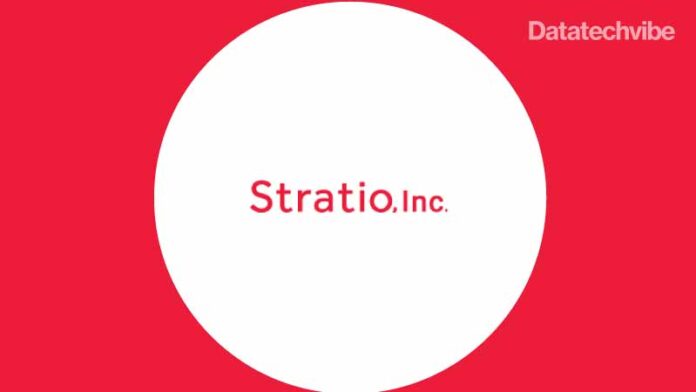Stratio, an AI and sensor company that creates proprietary infrared technology to enhance public safety, announced the release of a new AI-enhanced image inspection solution.
The new Stratio technology can instantly detect design infringements at border checkpoints on suspected items. The system was developed with support from South Korea’s National IT Industry Promotion Agency (NIPA) as the “AI Convergence for Illegal Counterfeit Inspection System” project and will play a key role in helping the Korean government identify design infringement cases at border checkpoints.
Also Read: Is AI Driving Packaging?
“In terms of how the technology works, the AI inspection system compares photos of objects to images of a different domain within an intellectual property (IP) database. Using this innovative technology, we can eliminate the almost impossible process of manually sifting through all the similar designs and condense the work to just a few simple clicks,” says the Co-Founder and VP of Systems Engineering at Stratio, Inc. Youngsik Kim. “Best part, this is all done from our simple user-friendly and intuitive mobile app.”
With the support of NIPA, Stratio began key developments over two years ago. This included access to the industry database of IP designs and reviewing image data of previously identified infringements. This started with the system’s machine learning algorithms which target the most commonly affected items at border checkpoints. Examples include car parts, beauty products, IT products, and home appliances, which receive extensive testing through the prototype system.
Stratio plans to expand the system’s capabilities by integrating images taken from the world’s first smartphone-compatible SWIR camera, BeyonSense. BeyonSense will provide an additional layer of detection by taking pictures in the SWIR range to reveal the invisible features of objects. In addition, BeyonSense will also allow access to SWIR imaging, unlocking an entirely new market for smartphone-accessible SWIR applications for the first time in history.









